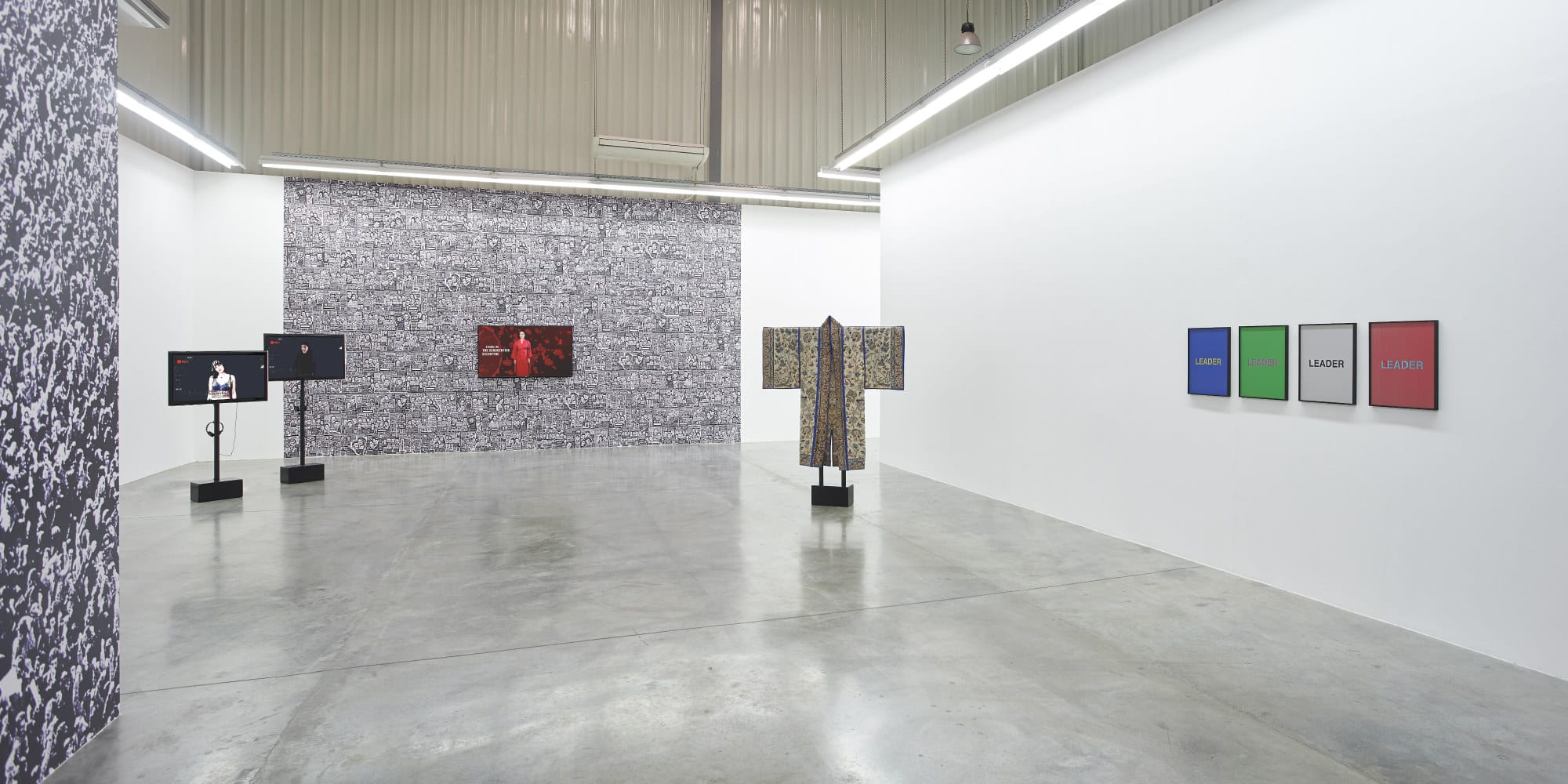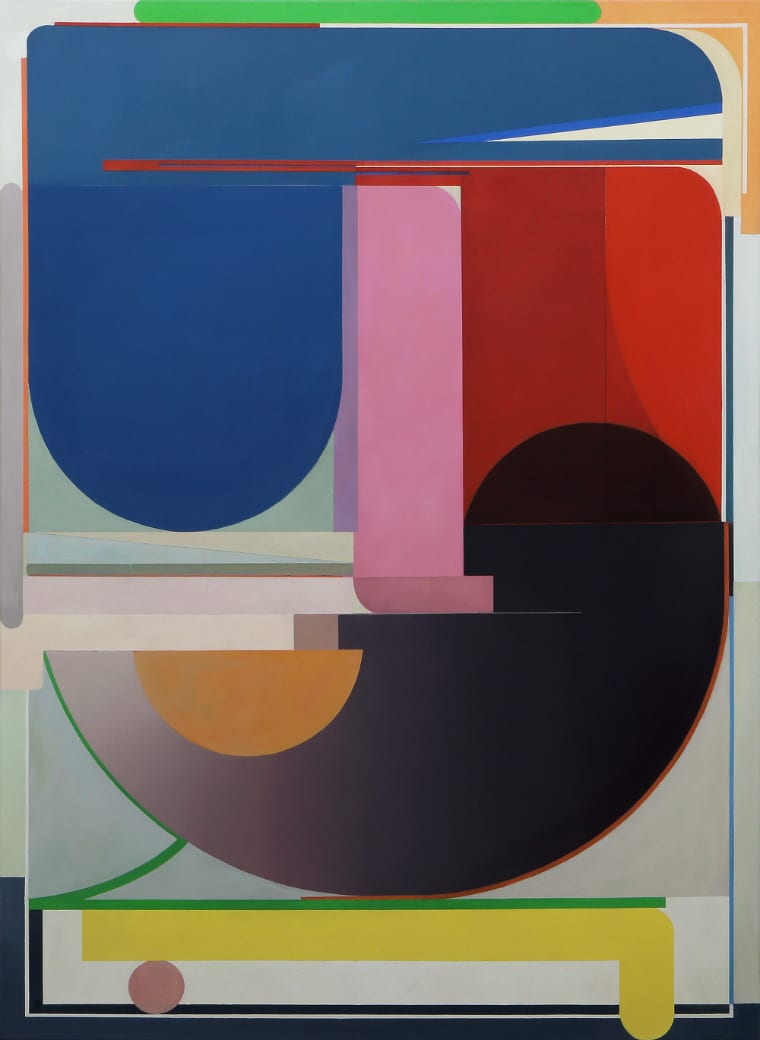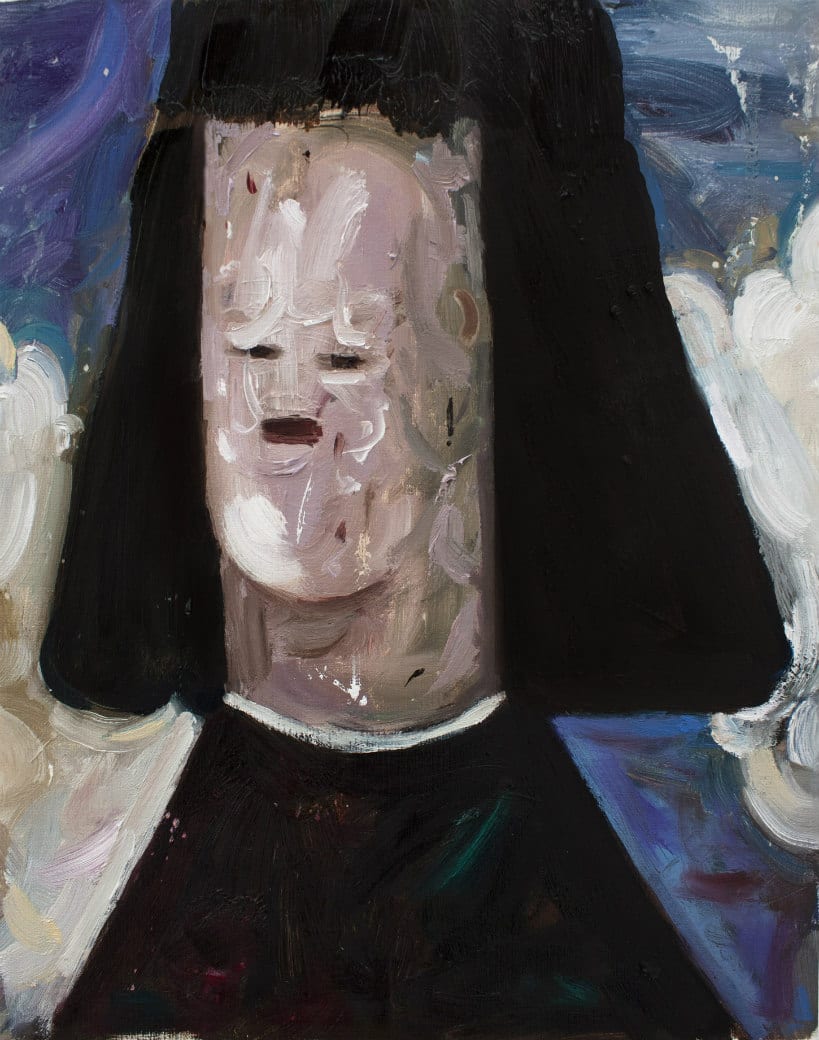Kourosh Nouri of Dubai’s Carbon 12 gallery tells us more about his gallery Carbon 12, which he founded with Nadine Knotzer.
20/01/2019
Kourosh Nouri of Dubai’s Carbon 12 gallery tells us more about his gallery Carbon 12, which he founded with Nadine Knotzer.
Why did you decide to start this gallery?
It was the fruit of a long reflection. After years of collecting and finding my own way, I thought of a way to become the guide that I didn’t have. I sat down with Nadine in April 2007 for a full day and talked about the possible city for a contemporary art gallery. The project’s scope was so big that we only concentrated on the art and the potential artists we would love to work with and this research phase continued for several months. I was always fascinated by Dubai and was familiar with the region, so we moved to Dubai in February 2008 with the intention to open our gallery as soon as possible, and this ended up being in November 28th 2008.

Anahita Razmi Installation view, Courtesy Carbon 12, Copyright the Artist
Why Dubai, what drew you here particularly?
Tabula Rasa is what drew us here…When we were researching the region, we realised there was so much to be done and from the ground up; naturally, that was the most attractive aspect to us. We already had the program well defined. We wanted 50% emerging artists, and 50% mid-career relevant contemporary artists – a great programme without regional limitations, a programme where we show what’s genuinely good without market echoes. Our programme as it was then is still as you see it today, although there have, of course, been some minor adjustments with time. Now all you have to do, is to look at what our represented artists have achieved in the past years, and the quality of the exhibitions to see that it works.
How challenging is it to be partners in business as well as husband and wife? How do you manage that dynamic?
So far, it hasn’t been! We are business partners like anyone else. It is important to separate tasks so work duplication and friction zones are reduced as close to zero as possible. We simply get along, and I believe our moral compass and our belief in the artists’ works is so strong that we always want to go forward. Complementarity plays a heavy role, since we are very complementary and we try to count on each other’s strengths, and support each other in our weaknesses. The work we do together also fortifies our relationship (touch wood). We can count on each other, and once at home after a very long (and maybe frustrating) day, we have a perfect understanding of each other’s state of minds and respect each other’s space.

Bernhard Buhmann, Blue Companion, 2018, Courtesy Carbon 12, Copyright the Artist
Why the name Carbon 12? What does it mean?
The name was a huge debate. Neither Nadine nor I wanted to use our own names, that was out of the question, so we decided to take a “branding” approach close to our hearts. Carbon is the most essential molecule in nature, and fundamental for any living being and 12 is the non-radioactive isotope of carbon. Also, carbon is the material of the burnt wood that becomes charcoal as a tool for drawing. It all made sense and it is with absolutely no regret that we are carrying this name 10 years later.
You have a very specific roster of artists; how do you make your artist selection?
Our artist roster was in the pipeline long before we even opened our doors in 2008. The idea from the start was to have a program as a whole.
Naturally, this takes serious research, and the way our programme has developed over past ten years is a demonstration of the accumulated specific knowledge about international Contemporary art, and our artists’ practise.
Many of your artists are well established overseas and often you give them a new audience in Dubai through your gallery. Was it always your intention to represent artists from outside the MENA region?
This has been a great thing for everyone, and also creates a dynamic roster, from a curatorial and commercial perspective. The idea, from day one, was to avoid regionalisation of the art leading to purely national market driven art. This had a positive effect on the collectors of Carbon 12, and later on the regional market to have a benchmark for not only for prices but also in terms of CV.
The intention was by no means to look into non-regional artists, the idea was to work with the best of the best, regardless where they are from… and this is how it should be!

Amir Khojasteh, Portrait of a Young Man, 2018, Courtesy Carbon 12, Copyright the Artist
It’s the tenth anniversary of Carbon 12 this year, what would you say has been your greatest achievement over the past decade?
Nadine and I started Carbon 12 from absolute zero, without any financial backing or funding and we have financed it all the way with hard work, sweat and tears to make our sales. Therefore, every working day is an achievement, this is how we see it. Of course, there are grand moments such as Sara Rahbar’s talk at the British Museum after the acquisitions; Anahita Razmi has made us super proud with her participation at the Venice Biennale (one of the first artists of the core program to have a debut in Venice).
Then there is the ten-year monograph of Bernhard Buhmann in 2015, Gil Heitor Cortesão’s first solo at the gallery, and many more…
Finally, our tenth participation at Art Dubai this year is an exciting milestone, and we will continue the strong dialogue we have established since 2012 between the gallery show and our art fair booth. You will see like always brand new exciting works of our represented artists, with a “space-twist” for this edition of the fair. Naturally, we count very heavily on the decade long collaboration with the fair to have a milestone harvest in every aspect.
What’s in store for the next ten years?
The 2019 and 2020 programmes are already set. We are opening the year with an art historical show with Elisabeth Wild, who was born in 1922. She is one of the great discoveries and in our opinion one of the major highlights of the past Documenta.